The eardrum, which doctors often call the eardrum, is the thin film at the deepest part of the ear and eye. The eardrum is as thin as a cicada wing, about the size of a thumb nail, and closes the depths of the ear and eye, separating the external auditory canal from the middle ear. It can prevent water and foreign objects from entering the middle ear from the ear eye. The main function of the eardrum is to transmit sound. When the external sound enters the inner ear through the external auditory canal, the eardrum needs to vibrate. This vibration drives the ossicular chain behind the eardrum to vibrate and transmit the sound into the inner ear.
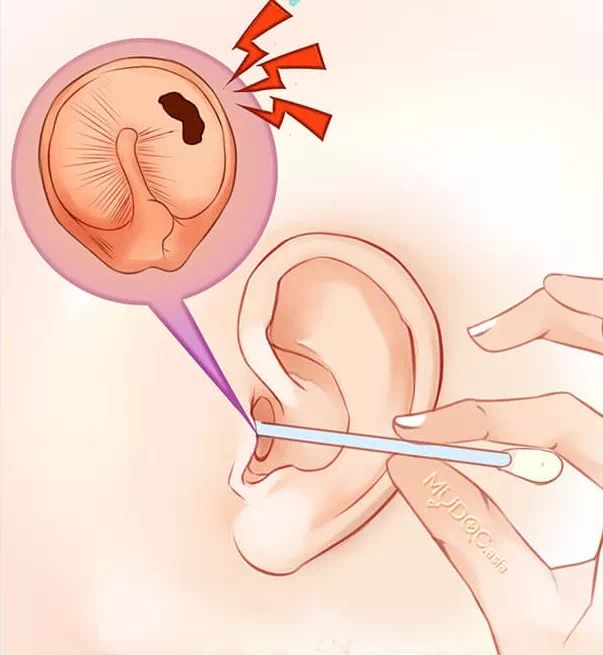
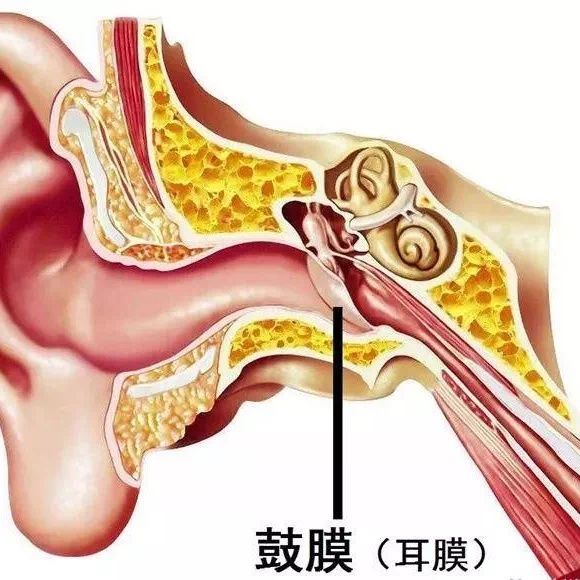
According to the Second Attachment of Xi’an Jiaotong University According to the otolaryngology head and neck surgeon of the hospital, although the eardrum (tympanic membrane) is deeply hidden in the ear and eye, it is easily ruptured due to external force or inflammation, which is the perforation of the eardrum.
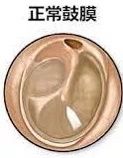
Common causes of eardrum perforation include slapping, ear extraction, water in the ear, foreign body insertion, middle ear infection, middle ear tumor etc.
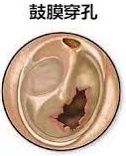
The eardrum has the function of conducting sound. When the eardrum is ruptured, hearing often decreases. In the early perforation of the eardrum, the hearing loss may not be obvious, and there may not even be any discomfort, but over time, without the protection of the eardrum, the middle and inner ear will be affected, and there will be gradual hearing loss and even tinnitus, or even secondary Cholesteatoma.

A perforated eardrum is equivalent to a broken door and window in our house. If it is not repaired in time, it will cause dust and debris in the short term. Flying in will not cause a big impact, but if it encounters bad weather such as wind and rain, then the rain will enter, and the furniture will be easily broken.

Acute eardrum perforations usually heal on their own. If it exceeds 1 month, the probability of self-healing is relatively low, and eardrum repair surgery is required at this time. Repairing the eardrum at an early stage can protect the middle ear and avoid continuous hearing loss caused by damage to the structure of the middle ear and inner ear caused by repeated infections. For many eardrum perforations with long-term perforation and poor hearing, repairing the eardrum can not only improve the quality of life, but also help protect the residual hearing and create conditions for the wearing of hearing aids in the future.
It is understood that with the advancement of endoscopic minimally invasive surgical instruments and techniques, most eardrum repairs can be performed with minimally invasive otologic endoscopic surgery.
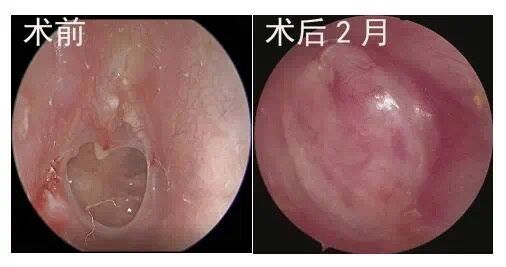
Patients can choose general or local anesthesia according to their own conditions. This kind of surgery does not require a haircut, and is completely operated in the ear hole. There is basically no incision. The operation time is short, the success rate is high, and there is almost no pain after the operation. You can leave the hospital the next day and work and study normally.
Xi’an Newspaper All-media Reporter Wang Chao Zhang Lina